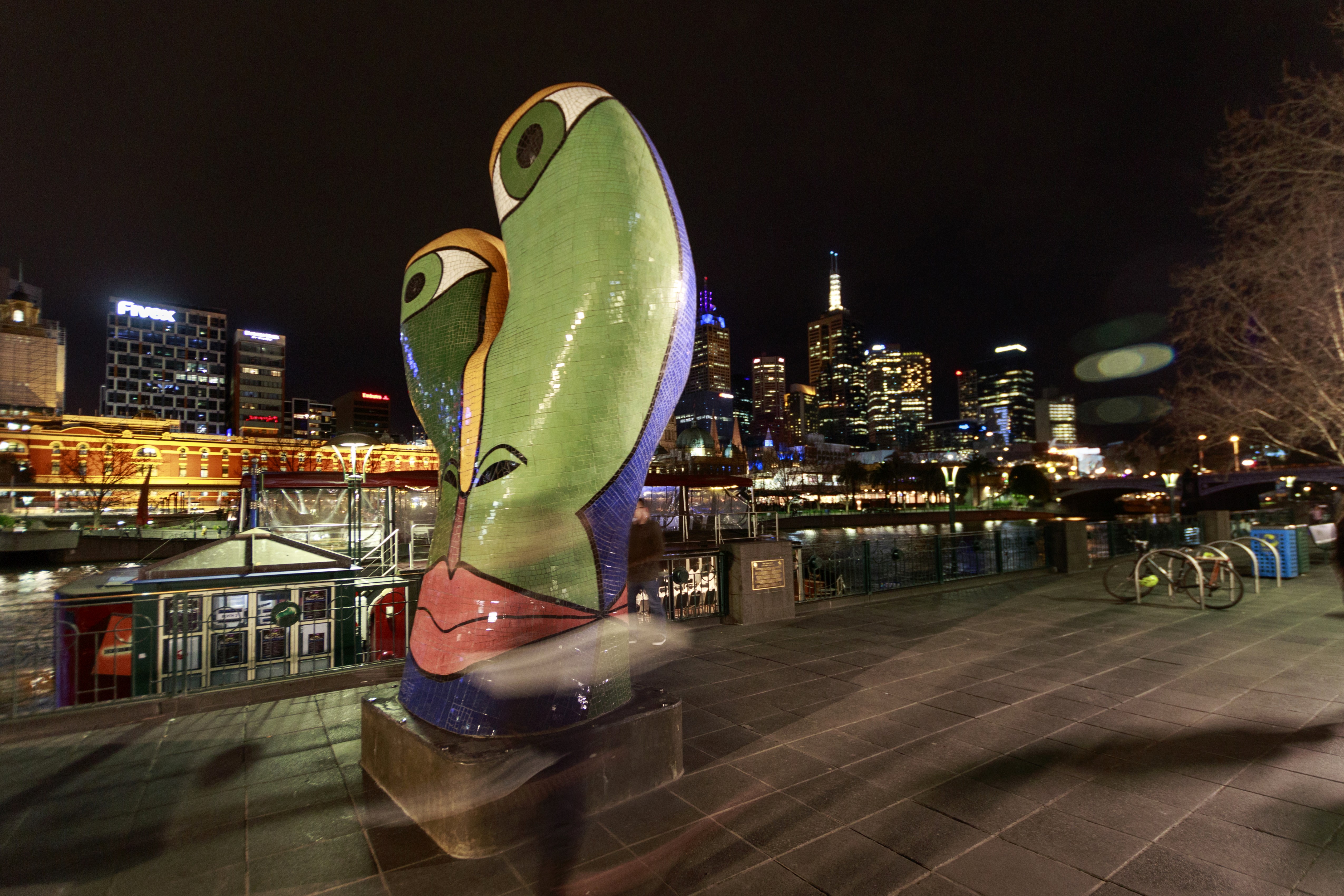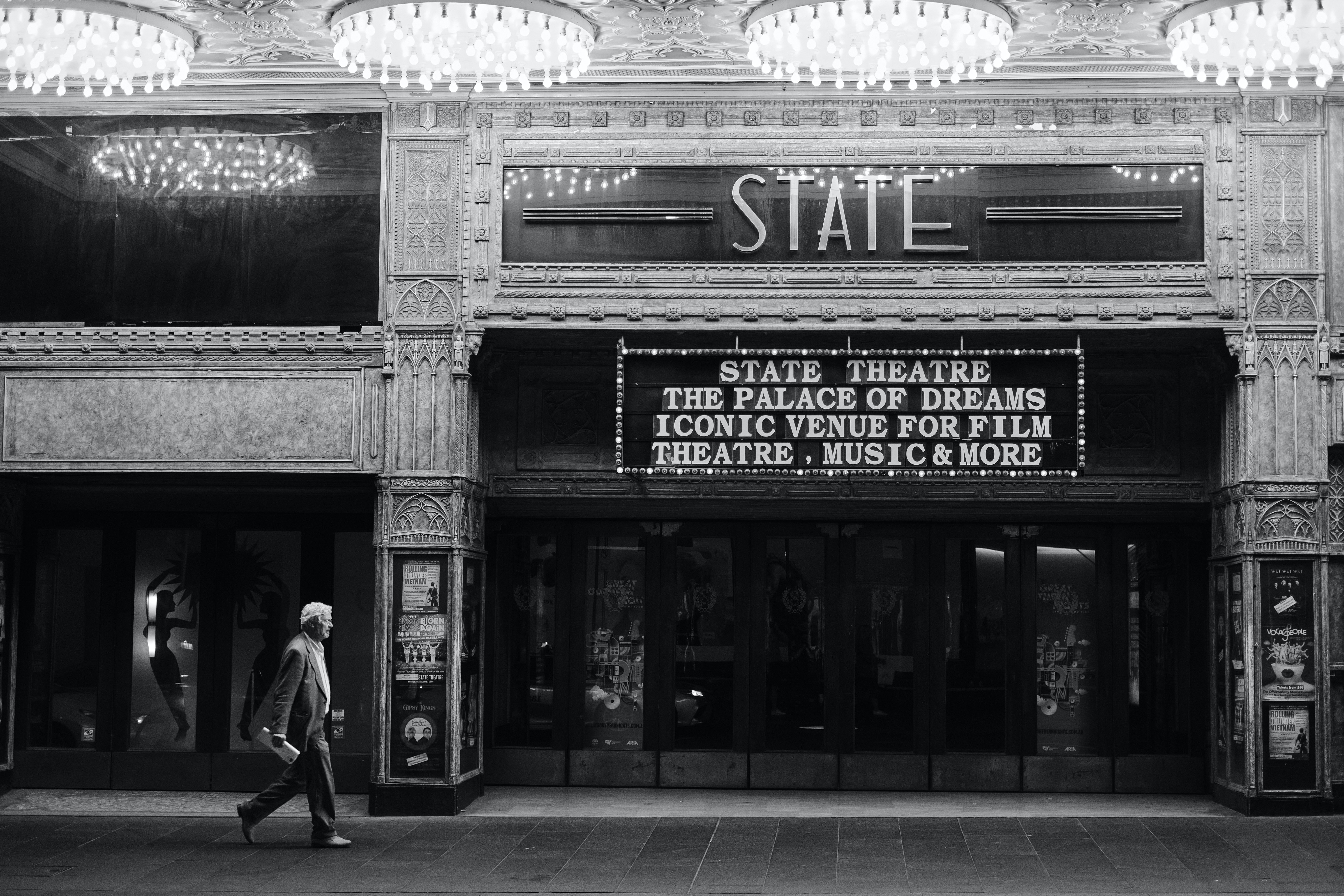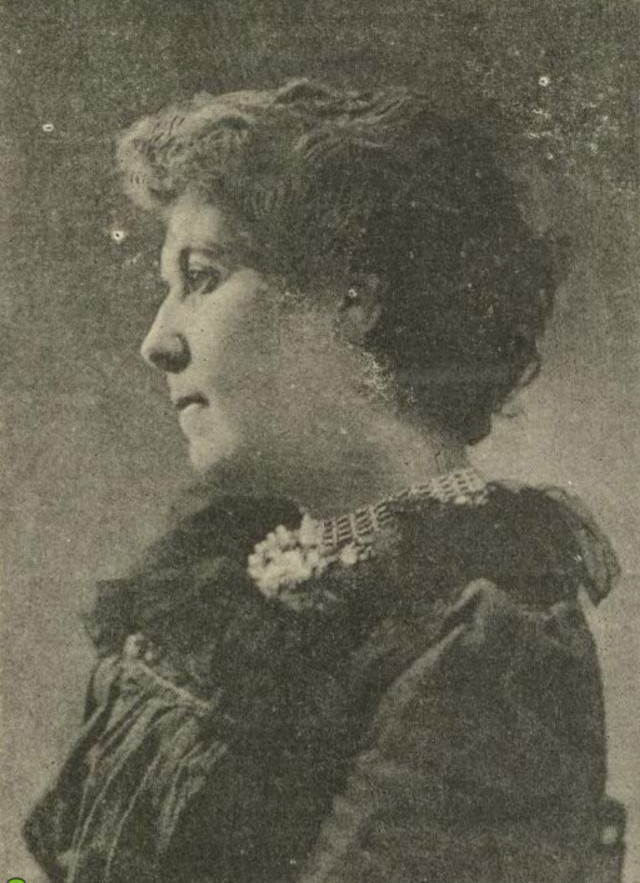
Arts & Culture
Poetry as a surveillance survival guide

Digitised cultural databases are a treasure house of information that are telling us the missing stories in Australia’s cultural history
Published 11 May 2022
The widespread digitisation of art and culture means data science is now being used to reveal fresh cultural stories and connections that would otherwise have been impossible to uncover.
Researchers are detecting surprising trends, telling the micro-biographical histories of artists and asking new questions about the connection between the environment, the economy, and Australia’s arts and cultural life.

For example, the influence of women can be obscured simply by the different names they go by throughout their careers.
Peering inside the biographical data about Australian artists in the Design & Art Australian Online collection reveals just how the categorisation of women’s names in historical collections has affected the representation and impact of their careers.
The data reflects their multiple and changing roles within different social and cultural scenes over their lifetimes.
One artist, the English-born cartoonist, painter and art teacher A. Constance Roth (1859-1928) who worked in Melbourne, Tasmania and then Sydney between 1881 and 1892 was known by at least eleven different names over the course of her life, including H. Constance Roth, A. Constance Jones, Constance Penstone, C.P., Madame Roth, A.C. Roth – and, notoriously, her professional alias, ‘Scalpel.’

Using different names at different stages of her career, Roth was significant in advancing the ideals of the British Aesthetic Movement, which focused on the creation of artistically enhanced domestic environments.
Throughout an international and storied life, she became a multifaceted and multi-named artist before dying at Glencairn, South Africa in 1928.
Exploring the rich cultural data about this lesser-known artist reveals the surprising, serendipitous connections that characterise the historical record of women’s lives and the extent to which the multitude of women’s recorded names invite a range of important questions for histories of gender and the arts.
We came across ‘Scalpel’ as part of The Australian Cultural Data Engine project, our Australian Research Council-funded work to develop an open software engineering facility that interacts with leading cultural databases in architecture, visual and performing arts, humanities and heritage to build a bridge to information and social sciences.
Our project is taking a detailed look inside some of Australia’s most significant cultural databases like the Australian Live Performance Database (AusStage), Design & Art Australia Online (DAAO), the Digital Archive of Queensland Architecture and the Circus Oz Living Archive.
These distinct and varied databases – accumulated over many years of government investment, committed historical research and hours of (often voluntary) time-consuming data entry – offer detailed information about Australian artists, performances, buildings, exhibitions, costumes as well as thousands of cultural events, artworks and collaborations.

The first significant project globally to digitise cultural texts was Project Gutenberg in 1970, which made its materials freely available to a wide audience.
Today, artworks, books, artefacts, videos and audio materials from around the world are available via enormous sites for digitised content like HathiTrust, Europeana and, most recently, Google Arts & Culture, which features high-resolution images and videos of artworks and cultural artifacts from more than 2000 leading museums and archives.

Arts & Culture
Poetry as a surveillance survival guide
In response to these trends, the term ‘cultural analytics’ was coined in 2007 by digital culture theorist and artist Dr Lev Manovich to refer to the use of computational methods for exploring contemporary and historical cultures.
Since then, advances in the digitisation of cultural heritage have opened doors to all kinds of new and surprising possibilities for the study of culture using so-called ‘big data’ methods.
In the case of Roth, we can see how digital data categories that encapsulate the history of a person are inflected by gender through factors including marriage, professional names including pseudonyms and curated personal identities through initials or the use of gender-neutral markers.
More contemporary artists are often deliberately using gendered name changes to create a performance persona that needs recording and respecting within the data schema.
Historians, particularly compilers of biographical dictionaries, often face challenges tracing women’s lives through these name changes.
But by analysing digital databases, historians can track changing and variable names, possibly discovering previously hidden divorces, proliferations and alterations of common surnames, false information about age and other oddities and variations in the historical record.

Beyond the personal life stories of individual artists, Australian cultural databases also reveal much about the varied contributions that artists make throughout the course of a career, often changing roles or juggling multiple jobs at once.
Of the 227,000 people working in the arts and recreation sector, according to the 2016 Census, we have identified 394 different role types in just two of our project’s databases, highlighting the great diversity of work – whether Aboriginal dancer or soprano, make-up artist or radio producer – undertaken by Australian artists in the last decades.

Arts & Culture
A nomadic sense of home
According to labour market analysts, 16 per cent of those who are ‘multiple job holders’ have held what we might call ‘portfolio careers’, a recognition that artists have long been adept at responding to economic and technological changes in cultural production.
Cultural data also contains fascinating hidden histories of the networks and connections across and between cultural events and organisations.
The Digital Archive of Queensland Architecture tells the interconnected history of architects, projects and firms spanning the history of architecture in Queensland and beyond.
Originally constructed as part of the Australian Research Council Linkage Project, Architectural Practice in Post War Queensland and the Hot Modernism exhibition, the database contains compelling interviews with architects and designers that delves into topics ranging from mid-century advertising and popular culture through to the intricate professional relationships formed in art schools all over Australia.
Digging into the collection’s data reveals the complex networks that existed between influential figures in architecture, the training they received and the artists they opted to collaborate with over their lifetimes.

Global figures who influenced the style of Australian architecture over the decades, who might appear in a passing comment in an interview, can be re-examined with annotation and tagging tools that allow researchers to trace networks and organisational dynamics.
The collection also allows researchers to map the duration of firms and projects on a temporal scale, revealing the ‘rise and fall’ of artistic styles and influences over time.
We can use this kind of data to examine the emergence of new kinds of architecture and government funding for regional and urban areas for projects like commercial buildings, recreation and cultural facilities, educational dwellings and religious buildings.
Or to plot the international influence of a small number of Australian firms in design and architecture.

Arts & Culture
Miniature Qur’ans and travelling manuscripts
As arts and cultural data collections continue to grow, and new formats and forums for the dissemination of artistic and cultural information emerge, Australia’s rich cultural data will become increasingly important for understanding gender dynamics, funding impacts, educational outcomes as well as other social and economic factors.
Moreover, as the world grapples with the monumental challenges of war and the intensifying climate crisis, the role of the arts in building community resilience and supporting mental health and wellbeing is more important than ever.
Preserving, disseminating and analysing the cultural data currently held in our national collections will be key to the survival of the arts and cultural industries – and the important stories we tell about the value of the arts in all aspects of social and personal life.
The Australian Cultural Data Engine is an Australian Research Council (ARC) funded LIEF Project (Linkage, Infrastructure, Equipment and Facilities) based at the University of Melbourne in collaboration with Swinburne University of Technology, Curtin University, The University of Newcastle, Flinders University, The University of Queensland, The University of New South Wales, RMIT University and King’s College London.
Banner: Getty Images